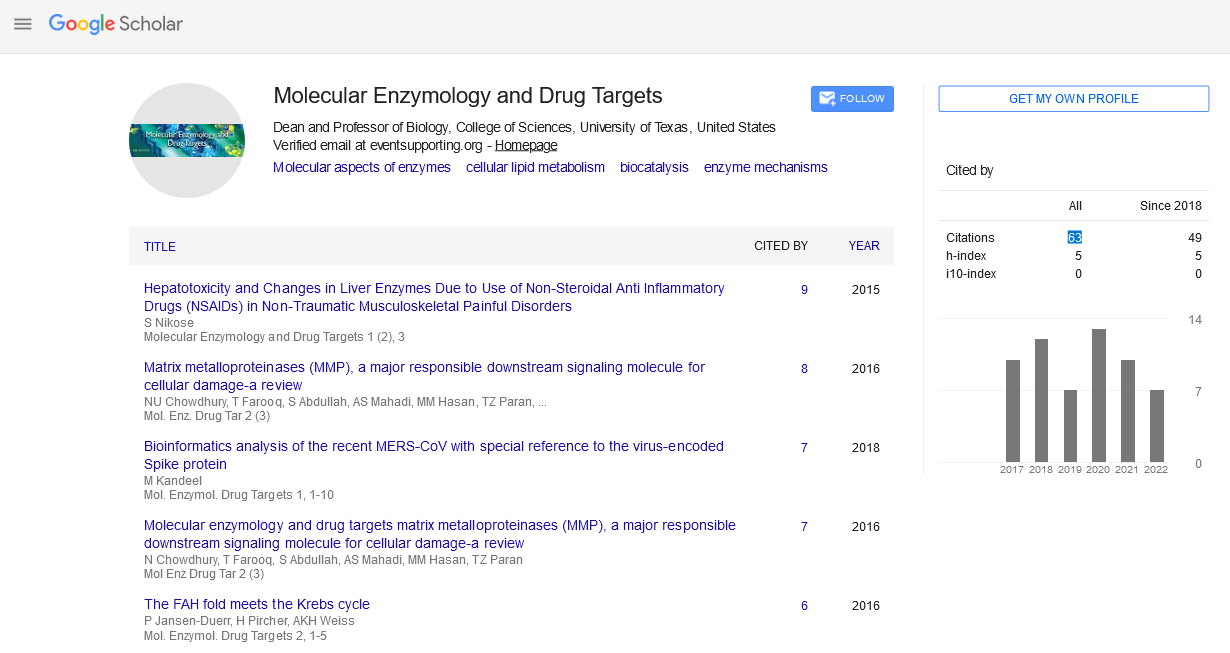Description
A prodrug is a pharmacologically inert molecule that becomes
active wheni t interacts or mis etabolised in mammalian
systems.
Prodrug can be defined as a physiologically inactive derivative
of a parent drug molecule that is activated within the body by a
chemical or enzymatic transition that results in the release of
the active drug. The purpose of using a prodrug is to improve
the parent drug's absorption, distribution, metabolism,
excretion, and undesired toxicity.
Applications
There are three primary uses of prodrug include:
Pharmaceutical, Pharmacokinetics, and Pharmacodynamics.
Pharmaceutical
• Inadequate chemical stability: A drug may be rapidly absorbed
and expressed as inter active before it reaches its target
region.
• Inadequate solubility: It has been discovered that several
injectable medicines are insoluble in water. A litre of brackish
water may be required to regulate the effective dose. The
medications, on the other hand, may be safe, effective, and
active. The medication can be linked with a water-soluble
fragment. After injection, this part might be metabolically cleft
in the body.
• Odour: An effective medication may have an unpleasant
flavour. It may induce stomach discomfort as well as pain. In
this case, the molecule's structure can be changed to avoid
these complications. The prodrug, on the other hand, should
be converted to the active medicament at the location.
Pharmacokinetics
• Weak oral absorption and pre-systemic metabolism: It is
critical that a medicine be absorbed orally and reaches the
target location in adequate quantity. Some medications,
however, may not have these qualities. In these cases, watersoluble
or lipid-soluble medications can be developed. Once
the medicine has been absorbed, the water or lipid-soluble
part can be eliminated by an enzymatic mechanism or when
the pharmaceuticals reach the location of the sickness.
• Short duration of action: It is sometimes preferable to have a
little supply of medicine on hand for an extended period of time. The medication can be chemically altered such that it is
metabolically turned into the potent medicine gradually.
Pharmacodynamics
A drug's active constituents can be harmful. It may have a
high healing index if it can be administered in a safe or less toxic
form that creates the dynamic drug at the site of injury.
Types of Prodrug
Carrier-linked prodrugs
These are those in which the promoiety is covalently attached
to the active drug but is readily broken by enzymes (such as an
ester or labile amide) or non-enzymatically to release the parent
drug. The removed group should ideally be pharmacologically
inactive, nontoxic, and non-immunogenic, while the
promoteiety should be labile for effective in vivo activation.
Carrier-linked prodrugs are further classified as (a) bipartite,
consisting of one carrier (promoiety) connected directly to the
drug, and (b) tripartite, consisting of a spacer or connecting a
group between the drug and a promoiety. Due to the
fundamental nature of the drug-promoiet, bipartite prodrugs
may be unstable in some instances linkage. This can be solved by
designing a tripartite prodrug and (c) mutual prodrugs, which
are consisting of two drugs linked together.
Bio precursors
These are chemical entities that are converted into new
compounds that may or may not be active or are further
metabolised to active metabolites (such as amine to aldehyde to
carboxylic acid). There is no carrier in this sort of prodrug, but
the chemical should be easily metabolised in order to induce the
required functional groups.
Prodrugs are further classified into two types based on how
the body transforms the prodrug into the final active drug form:
Type I prodrugs are bioactivated inside the cells (intracellular).
• Sub type A: Therapeutic Target Tissues/Cells: Acyclovir 5-
Flurouracil L-Dopa
• Sub type: B Metabolic Tissues (Liver, GI mucosal cell, lung,
etc.,): Cabamazepine, Captopril, Suldinac
Type II prodrugs are bio-activated outside cells (extracellular).
• Sub type A: GI Fluids: Loperamide, Sulfasalazine
• Sub type B: Systemic circulation and other extracellular fluid
compartments: Acetylsalicylate Bacampicillin, Fosphenytoin
• Sub type C: Therapeutic Target ADEPs, GDEPs, VDEPs
41684





